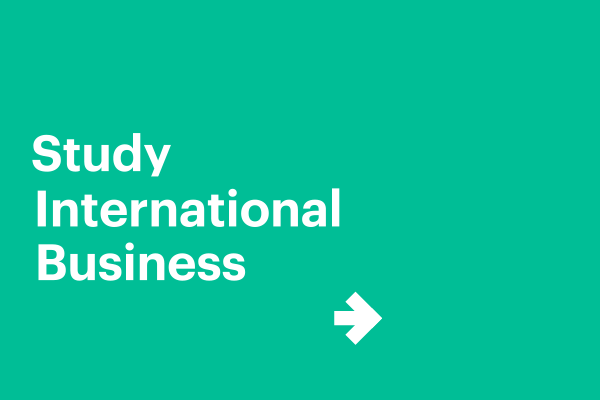EU Business School offers each of its courses and programs through the medium of English language instruction. In this article we will examine the status of English Medium Instruction (EMI) in this and other tertiary institutions, and outline some of the arguments for English as a medium of instruction.
EMI has rapidly gained traction as the dominant medium of instruction in the majority of international educational institutions. Students seeking higher education programs taught in English have traditionally gravitated to the “big four” English-speaking study destinations – the United Kingdom, the United States, Australia and Canada. But rapid globalization has reduced the need to travel so far afield.
A recent study published by the British Council noted a 77% growth in English-taught programs outside of the above-mentioned countries. This includes countries such as Ireland, New Zealand and South Africa, which have English as an official language. Much of the real growth in English-taught programs, however, is in China, Sub-Saharan Africa and Europe.
English language proficiency
“English learning and testing remain at the forefront of the international education landscape, and growth in English-taught programs in Asia, and in East Asia especially, will likely change the global landscape in years to come,” says Andrew Mackenzie, head of IELTS at the British Council. IELTS is the world’s most popular English language proficiency test for higher education and global migration.


English language tuition is sought after
Why is English becoming increasingly popular as a language of teaching? Responding to the influence of globalization, universities see EMI as a key strategy. There are academic, political, social and economic motives behind this strategy.
As the global common language, especially in the world of commerce and industry, English has become the universal second language of advanced education. The trend towards English language tuition starts in the schooling system where, in the Middle East for example, there has been a significant increase in private English-language schools, which are largely staffed by expatriate native English speakers. These schools serve the demand of local Arab populations as a springboard to English tertiary education in Europe and North America.
Reasons for introducing EMI
Reasons given by countries for introducing EMI range from developing language-learning skills, producing bilingual students, improving knowledge of a target culture and opening up possibilities for students to work and study abroad. Given the diversity of the global marketplace, there are also reasons for spreading a country’s own culture throughout the world, coupled with political reasons of nation building and aligning countries with English-speaking neighbors.
This signifies a shift from English taught as a foreign language (EFL), to English as the medium of instruction (EMI). In fact, the preliminary findings of the British Council study showed that not only is EMI a growing global phenomenon at all stages of both public and private education, but also that it is permitted and encouraged in 87% of private secondary schools, and 91% of private tertiary universities in the 55 countries that participated in the survey.
The view held by many teachers, parents and students is that EMI is a passport to a global world. It is a way to internationalize their educational offering, creating opportunities for students to join a global academic and business community.
Arising from Article 26 of the 1948 UN Universal Declaration of Human Rights which guarantees the right to education, some education policy makers have linked the provision of English learning and teaching to issues of equality and human rights.
Teachers’ and students’ ideals
Many faculty members and students are clear as to why EMI is a positive attribute. Faculty see it as a way to improve communication, exchange ideas and to create relations between countries. For students, EMI is seen as a key to success, and a way to open doors. Teachers in Europe are highly aware of the Bologna Process, which ensures comparability in the standards and quality of higher education qualifications, and enables movement within European universities.
English is considered by many to be “the new Latin”; a world language that could enable greater movement in academic and business spheres. For many staff, EMI is also a personal challenge, and a way to improve professionally as teachers and advance their careers. Teachers as well as students can adopt a more international mindset within the EMI context.


Challenges of EMI
If there is controversy surrounding the promotion and use of EMI at school and university levels, it is likely in part due to the lack of clear policy frameworks that describe competence levels, assessment processes and the professional development of teaching staff. There are concerns regarding the threat to the integrity of mother-tongue learning and teaching, and in the ability of non-native English speakers to teach and assess second-language learners in English.
The trend remains overwhelmingly in favor of more EMI, however.
EU Business School policy
Enshrined in EU Business School’s Institutional Strategy (July 2020) is a commitment to “small, dynamic classes offered in English”, taught by faculty members who are “carefully selected based on academic and professional criteria, English language proficiency and teaching abilities”. The cultural diversity of the student body comprises over 100 different nationalities, with students speaking an average of 3.5 languages!














